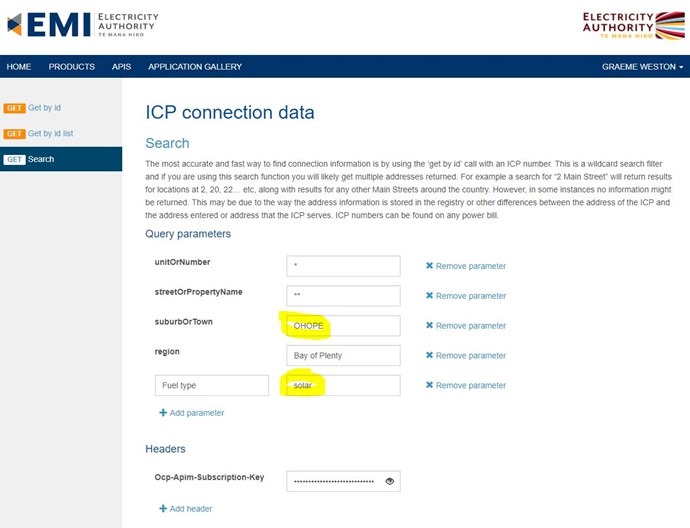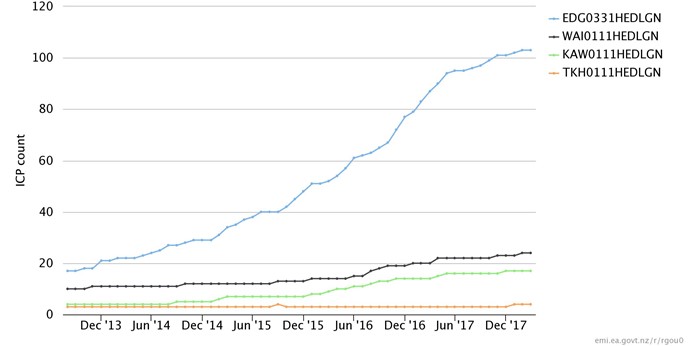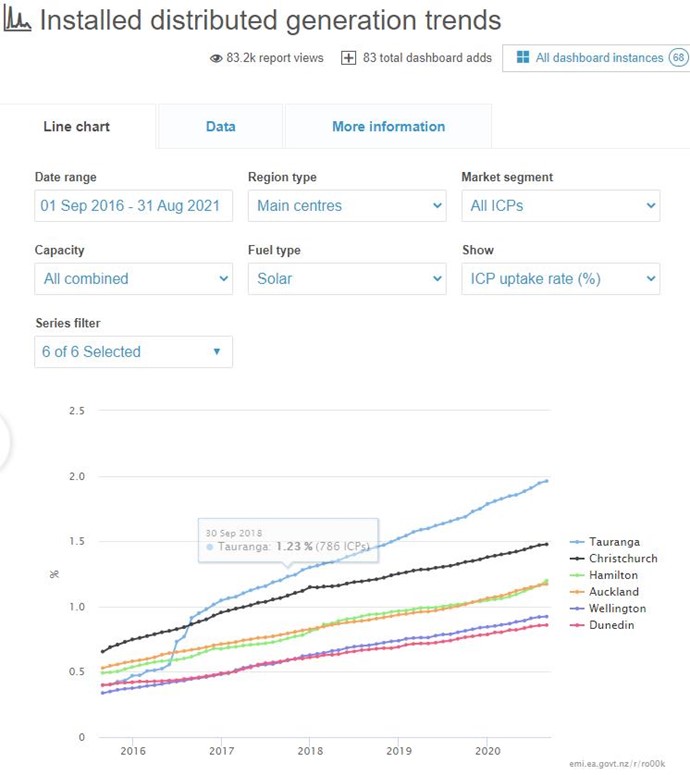Efficiency is a key limb of the Electricity Authority’s statutory objective and efficient investment in generating plant is of interest. We track trends in the installed distributed generation (connected to local networks, not the grid) for many types of generation and fuel sources. Distributors are responsible for populating the registry with the information we use to do this.
Investors choose to invest in generating plant for a range of reasons. Recently there has been a lot of discussion about and interest in the economics of household generation, and how the economics might look relative to the underlying distribution and wholesale energy pricing that gets wrapped into retail plans.
The uptake in investment in solar generation in the residential market segment (now over 10,000 connections) provides a robust dataset to look at some of these trends. We can gain insights by looking at the timing of new generation investment and the capacity of these new investments. This may provide a useful view of how residential investors are responding to existing price signals in the market at the time of investment or perhaps expectations of future changes.
In terms of solar photovoltaic generation we have observed residential investors responding to changes in the price signals they face – these include but are not restricted to:
- the reduction in the price of solar panels and inverters,
- historical increases in retail pricing, and
- the 25 cents/kWh buy back rate for the first 5 kWh exported each day that was offered by Meridian Energy until December 2014.
Here are a couple of examples focused on small solar connections that show some interesting insights:
- The residential (< 10 kW) average new installation size has decreased from 3.722 kW in August 2014 to 3.221 kW in July 2016. Does this suggest residential investors are focusing on self-consumption rather than selling excess back to the market?
Average size of new residential PV installs by month
- South Island residential investors (< 10 kW) on average invest in an array 300 Watts larger than their North Island counterparts. (South Island residential consumers consume more electricity than their North Island counterparts and perhaps get fewer sunshine hours?)
Average size of residential PV installations
Observing changes in investments in response to changing market conditions provides valuable insights into economic efficiency and investor preferences.









